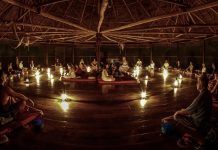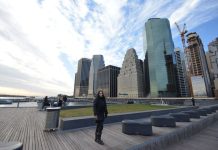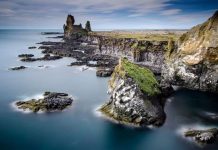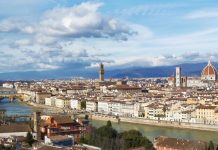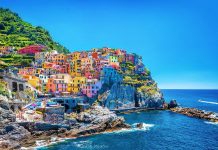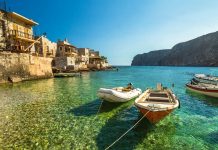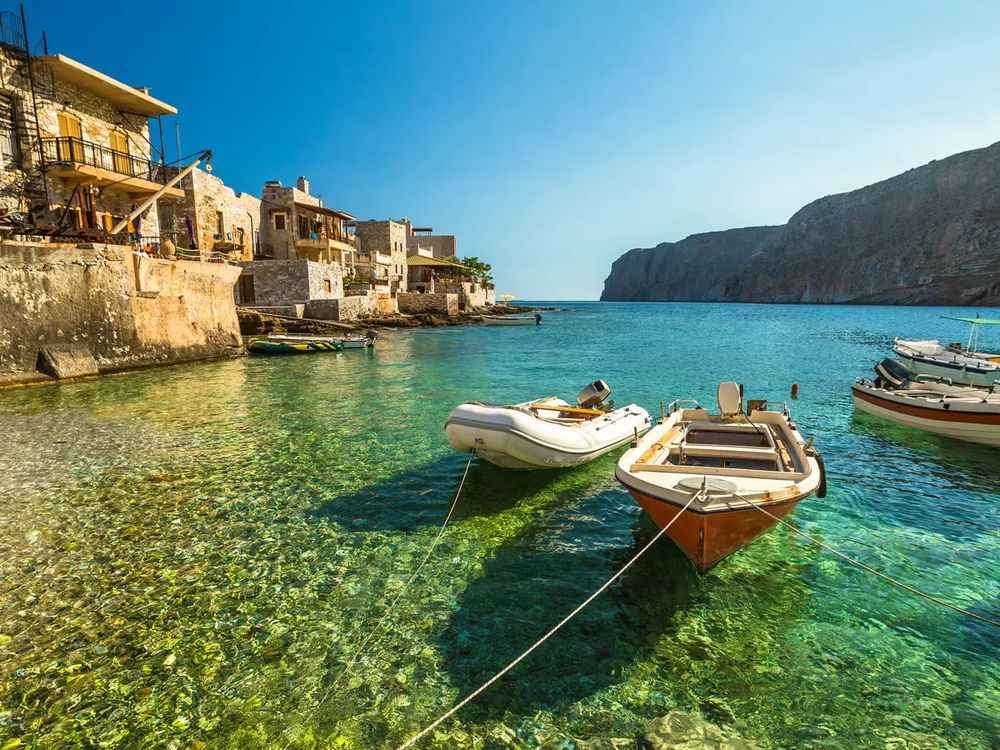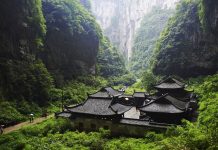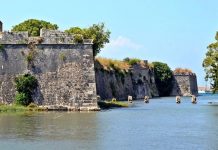A bright, sometimes tragic history and some of the best Seljuk buildings ever built – Sivas is a good place to stop on the way when moving in the direction of the wild east. This city is located in the heart of Turkey both geographically and politically – thanks to the role it played in the War of Independence. The Congress building seems to echo the plans, strategies and principles that Ataturk discussed here with his like-minded people in the struggle for the great goal of liberation.
The hero of Turkey put it this way: “It was here that we laid the foundations of our republic.” At night, the red flags on the Maidan attract attention no less than the illuminated minarets nearby, and Inenyu Boulevard is perhaps the best main street in Central Anatolia, except for Ankara. From time to time, a horse harnessed to a cart will gallop past neon lights like a ghost from the Anatolian past.
History
A mound near Maltepe serves as proof that this settlement originated in 2600 BC, but Sivas itself was probably founded by the Hittite king Hatgusili I around 1500 BC. It was successively owned by Assyrians, inhabitants of Media and Persians, then came the rule of the kings of Cappadocia and Pontus. As a result, the city submitted to the Romans, who called it Megalopolis, and later changed its name to Sebastia – later the Turks shortened it to Sivas.
The Seljuks and the Danyshmendids fought for power over the city to the bitter end, from 1152 to 1175, when the Seljuks finally won – but only to lose their possession as a result of the Mongol invasion of 1243, the Ilkhans replaced the Mongols, then the Ottomans, Tamerlane and the Ottomans again seized the city.
In less distant times, Sivas was the venue of the famous Congress of National Bourgeois Organizations held in September 1919. In an effort to consolidate Turkish resistance to the occupation and partition of his country by allied troops, Ataturk came here from Samsun and Amasya, gathering delegates to approve the decisions taken at the Congress in Erzurum. These two Congresses proclaimed the beginning of the War of Independence.
Attractions
Shifaye Madrasah
Built in 1218, this madrasah became one of the most important medical educational institutions built by the Seljuks, which once served as the main hospital of Anatolia.
Entering the courtyard, look to the right to see the portico, walled up to become the tomb of Sultan Izeddin Keikavus I, who built this building before he died of tuberculosis.
The interior features stylized motifs of the sun/lion and moon/bull, beautiful Azerbaijani blue tiles and a poem composed by the Sultan in Arabic. There are four terraces facing the courtyard, on each side of the east there are symbols of the Sun and Moon.
About the Chifte Minare Madrasah The MADRASAH erected in 1271 by the vizier of the Mongolian Ilkhan dynasty Shemsetgin Guveini after defeating the Seljuks in the Battle of Kosedag, the Chifte Minare madrasah is distinguished by a pair of grandiose minarets. In fact, this is almost all that remains of it, along with the exquisite portal and facade. Stop in the aisle between the Chifte and Shifaye madrassas to see the difference caused by the passage of half a century and the change of power.
Byuruchiye Madrasah
The squat Ottoman mosque of Kale Jami was built by the Grand Vizier of Sultan Murad III, Mahmut Pasha.
Directly to the east of the Kale Mosque is the Byruchiye Madrasah, built in 1271 for teaching “exact sciences”, which can be reached through the monumental Seljuk gate. Inside is the tomb of the builder – the Iranian merchant Muzafer Buryu Jordi, lined with ceramic tiles. In the open-air tea room located in the courtyard where exhibitions are held, it is not bad to drink tea in the evening when the building is illuminated by floodlights.
Gek Madrasah
Although the building is currently in the process of restoration, you can see two minarets and the facade of the magnificent Gek Madrasah from the outside. It was built in 1271 by order of the Grand Vizier Sultan Jiyas ad-Din Kay-Khosrow III, Sakhi-i Ata, who owned the honor of founding a complex of mosques in Konya, named after him – Sahib Ata. The magnificently decorated facade with tiles, figured brickwork and stone carvings covers not only the mosaic portal, but also the walls. The madrasah got its name from the blue tiles used in the decoration of the minarets.
Ulu jami
Ulu Jami Mosque is the oldest building in Sivas and one of the oldest mosques in Anatolia. A large, low building with 50 columns resembling a forest was built by the Danyshmendids. In 1213, a very thick brick inclined minaret was added to it. Inside, the main prayer hall is surrounded by 11 handmade stone belts, and during restoration work in 1955, an ornate mihrab was discovered. Here you can feel the characteristic charm of old Anatolia, slightly spoiled by modern additions.
Environs of Sivas
The very place where the madness began with a pedicure, which is made by special fish that eat dead skin, is here – this is Balikli Kaplica, where you will be provided with pleasant and unusual impressions. According to local legend, a shepherd boy discovered the healing properties of local mineral water, which contains a high level of selenium, useful for the skin, he also allegedly noticed that a “doctor fish” lives in warm water,
THE DIVINE GATES OF DYVRYGA
The quartet of 780-year-old stone doorways in the Ulu Jami and Daryushshif complex in Dyvrygy is famous for its bizarre carvings – so skillful that some considered it proof of the existence of God.
Although the sleepy settlement of Dyvrygy seems to be a forgotten “bear corner”, one of the most remarkable ancient religious buildings of Turkey has survived in it, since it was once the capital of the Seljuk beylyk, ruled by Emir Ahmet Shah and his wife Melike Turan Melik, who founded the mosque complex in 1228.
The entrances to Ulujami and Daryushshifa are amazing, the reliefs cover the surface tightly, the smallest details are carved – it’s hard to imagine that these stones could be flat. This is a tasteful Seljuk analogue of a home cinema or a comic book – a decoration that could only be created by a rich provincial emir who wanted to see the building of his dreams in reality.
You can enter the hospital through the 14-meter Dariushshif gate, an atmosphere of humility and privacy reigns inside. A vast courtyard with domes, in the center an octagonal pool with a spiral drain, which allowed the water to constantly murmur, breaking the silence of the rooms and calming the nerves of patients. The raised platform above the main floor probably served as a stage for musicians, who also pacified the suffering with gentle melodies. Since the XVIII century the building was used as a madrasah.
Nearby are the Western Gates of the mosque – a riot of motifs of traditional kilims, rosettes and texture effects. Pay attention to the relief two-headed eagles in the far corners of the flaps. Inside the mosque everything is very simple, but there is a mimbar with fancy carvings and a unique mihrab. On the north side of the mosque there is a wonderful Northern Gate, a dizzying mix of floral motifs, Arabic inscriptions and luxurious geometric patterns and medallions. Climb the eastern staircase to view the small Gate of the Shah.

